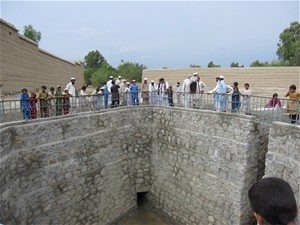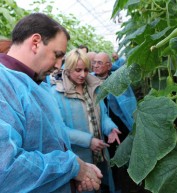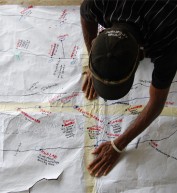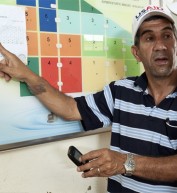
AFTER The Baghcha karez spring was excavated to a depth of six meters and 730 reinforced cement concrete
USAID/IDEA-NEW
Decades of civil unrest have badly damaged the irrigation systems in Afghanistan
BEFORE The Baghcha karez had completely collapsed as a result of periodic floods. Spring water was being absorbed into the ground close to its source, generating swamp-like conditions.
AFTER The Baghcha karez spring was excavated to a depth of six meters and 730 reinforced cement concrete slabs were put around the spring to limit water wastage. The 360-meter underground canal was improved with a stone base that eases water entry, reinforced with stone masonry walls to prevent entry of mud and stones.
5 AUGUST 2012 | NANGARHAR, AFGHANISTAN
Water is a critical yet scarce resource in Afghanistan’s agricultural economy. Poorly maintained or destroyed irrigation systems result in low agricultural yields, affecting rural communities that are dependent on agriculture for their livelihoods. The Baghcha karez in Shinwar District of Nangarhar Province, servicing farmland used by 260 families, had completely collapsed as a result of periodic floods. Spring water was being absorbed into the ground close to its source, generating swamp-like conditions that damaged the structure of adjacent houses and provided a breeding ground for mosquitoes. The villagers used water from deep wells, pumped to the fields with fuel-run generators, unaffordable for most farmers who, as a result, underutilized their lands. The improvement in available water is expected to bring significant increase in wheat and vegetable production in Shinwar District this fall season.







Comment
Make a general inquiry or suggest an improvement.